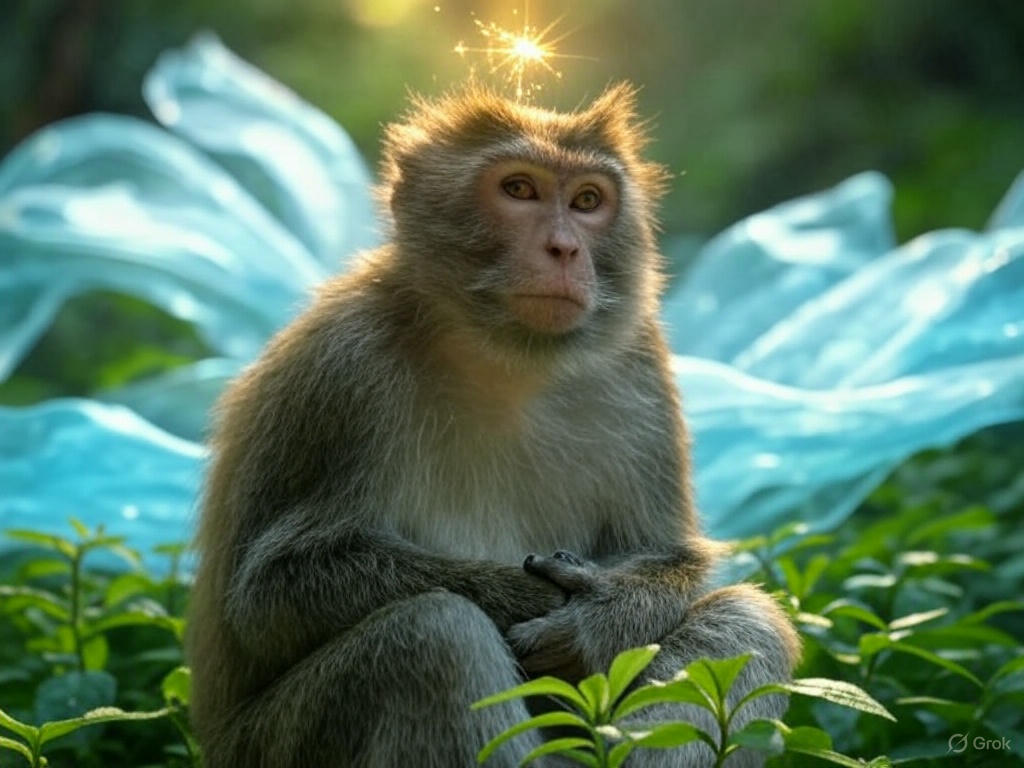The Quiet Art of Creativity
Have you ever noticed how your best ideas seem to arrive when you’re not trying—when you’re in the shower, on a walk, or just letting your mind drift? It’s as if the harder you push for a breakthrough, the more elusive it becomes. I’ve been reflecting on this a lot lately, and it strikes me that creativity isn’t something you can force. It’s a quiet, natural flow—a chain of thoughts that unfolds when you give it space to breathe. In this post, I want to explore what I’ve learned about creativity, weaving in wisdom from brilliant minds like Steve Jobs, Walter Isaacson, and Sam Altman, alongside some surprising science. My hope is to offer you gentle, practical ways to nurture your own creative spark.

Creativity Is a Dance of Connections
Imagine you’re watching a bird perched on a branch. That simple sight nudges your mind toward flight, then airplanes, and suddenly a story about a pilot’s daring adventure takes shape. One thought flows into the next, effortlessly. Steve Jobs once said, “Creativity is just connecting things,” and I’ve found that so true. Whether it’s a bird inspiring a tale or a random conversation solving a work puzzle, ideas bloom when your mind links one dot to another.
Pavi Singh is a reader-supported publication. To receive new posts and support my work, consider becoming a free or paid subscriber.
Walter Isaacson, who studied creative giants like Benjamin Franklin and Albert Einstein, saw this too. He noted that their genius often came from blending fields—humanities with sciences. “The creativity that can occur when a feel for both the humanities and the sciences combine in one strong personality… will be a key to creating innovative economies,” he wrote. It’s a beautiful reminder that a painter who codes or a scientist who writes poetry might just stumble onto something extraordinary.
Why Forcing It Fails—and the Power of Strategic Delay
I’ve had countless moments staring at a blank page, begging for inspiration. The harder I push, the more stuck I feel. Creativity, I’ve learned, retreats under pressure. Stress locks my mind into survival mode, leaving no room for play. It’s like trying to herd cats while juggling—exhausting and futile.
This is where I’ve started embracing what I call “strategic delay.” Instead of forcing ideas, I step back and let my mind wander. It’s like tuning into a frequency: once you start thinking about red cars, you notice them everywhere. Giving your mind space lets it quietly piece things together. I’ve found that some of my best breakthroughs come when I stop trying so hard and trust the process.
The Monkey Mind and the Gorilla Experiment
We’ve all got that “monkey mind”—the restless chatter that swings from thought to thought. In meditation, we’re often told to tame it, but I’ve started seeing it as a creative ally. When I stop fighting it and just observe, ideas emerge.
But there’s a balance. Thinking, Fast and Slow describes an experiment where people counting basketball passes miss a gorilla walking through the scene because they’re too focused. It’s a striking lesson: lock in too hard, and you miss the unexpected—the very fuel of creativity. I’ve learned it’s about setting a gentle intention—like “I want to solve this”—then letting go enough to spot the gorilla in the room.
Curiosity and Creativity in Today’s World
Curiosity, I think, is the fertilizer of ideas. The more you explore—new places, quirky hobbies, random facts—the richer your mental web becomes. Isaacson’s examples of Franklin and Einstein show how curiosity across disciplines sparks innovation. Sam Altman, a driving force behind OpenAI, takes this further. He’s said creativity is a vital skill for the future, especially for kids growing up in a fast-changing world. In his view, teaching creative thinking could be what helps us thrive amid uncertainty. It’s a call to action: nurturing our creativity isn’t just personal—it’s essential.
Simple Habits to Nurture Your Creative Mind
If creativity is a garden, it needs tending. Here are a few habits I’ve found helpful:
- Meditate for 5-10 minutes daily. It calms the storm, letting ideas surface naturally.
- Try one new thing a week. A recipe, a museum, a podcast—each adds threads to your creative web.
- Walk without a plan. No goal, just your senses and the world. It’s amazing what emerges when your mind roams free.
Trust the Flow
Looking back, I think creativity is less about effort and more about trust. It’s already in you, waiting for the right moment. You don’t have to chase it—just make space for it. Next time you’re stuck, step away, breathe, let your mind play. The sparks might just surprise you.
Pavi Singh is a reader-supported publication. To receive new posts and support my work, consider becoming a free or paid subscriber.
Member discussion